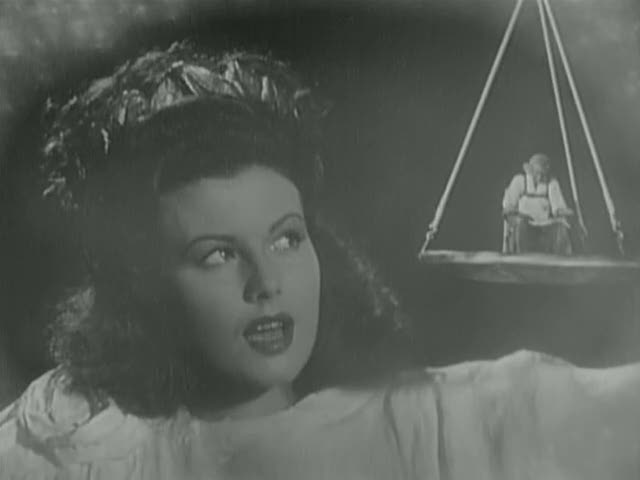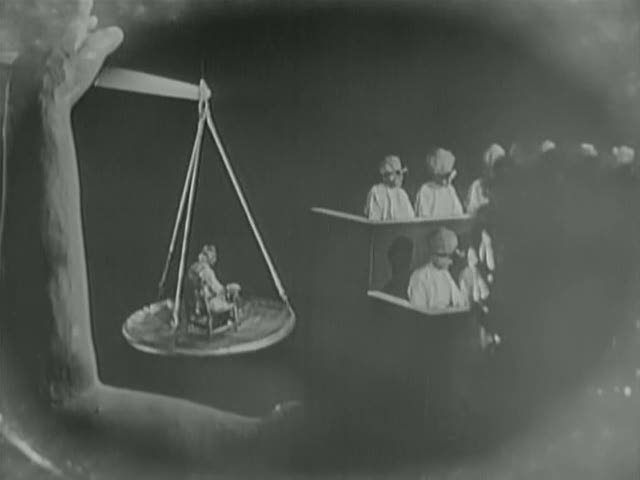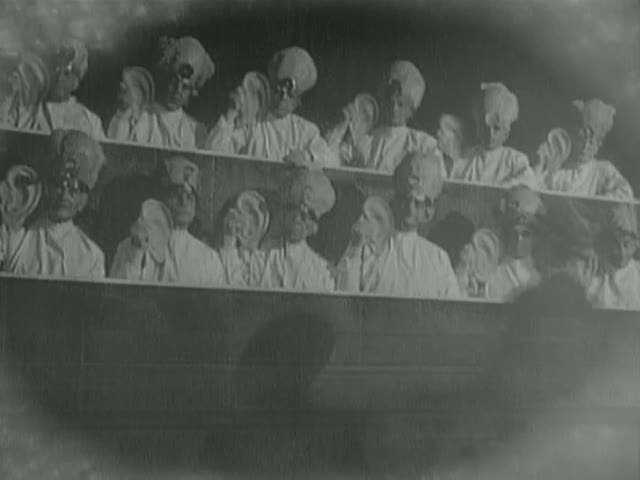
I showed my students a bit of the dream sequence from STRANGER ON THE THIRD FLOOR (1940) as part of a class on expressionism — my ultimate aim being to break down the barriers between classic German expressionism — painted shadows — film noir — real shadows — and modern dramatic cinematic storytelling which seeks to MAKE THE SCENE LOOK AND SOUND AND FEEL a certain way, often the way the characters feel.




What popped out in viewing the sequence in isolation, along with Nicholas Musuraca’s jagged lighting, was the hammy expostulating of all the supporting characters. I mused/bullshitted that maybe, just maybe, this was all a deliberate choice by director Boris Ingster, who after all went on to produce The Man from UNCLE and so couldn’t, presumably, have been a complete fool. Dreams, I mused, are unconvincingly acted. But just as our bodies are paralysed during sleep, so are our rational-critical faculties, so we are forced to accept whatever nonsense we’re served, like kids in front of Saturday morning TV. It’s only on waking that we say, “That was bizarre.”


Orson Welles, who did much to popularize the striking graphic look that STRANGER throws out, was expert at this dream affect, both in the general atmosphere of THE TRIAL, and in moments of LADY FROM SHANGHAI — the way both Glenn Anders (on the cliff in Rio) and Rita Hayworth (in the mirror maze) stare, seemingly blindly, at Welles, catches something about the autistic performance style of the people we meet in dreams, whether strangers or alien simulacra of loved ones.



And when I re-viewed STRANGER in full as part of our weekend watch party, I was pleased to see that the acting in the surrounding scenes was more traditionally “good.” Peter Lorre was fantastically idiosyncratic and uncanny, but not cartoonish, and the leads, the more traditionally photogenic John McGuire and Margaret Tellichet, though a little bland and earnest, were every bit as convincing as the story needed them to be. The supporting players were reliable types like Elisha Cook, Charles Halton and Ethel Griffies (the ornithologist in THE BIRDS) and they manage to find a mid-ground in their acting style so that without seeming to change character completely in the dream, they can slot into its oneiric stiltedness and get with the program.








